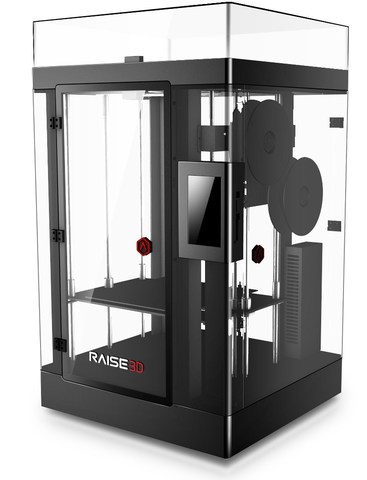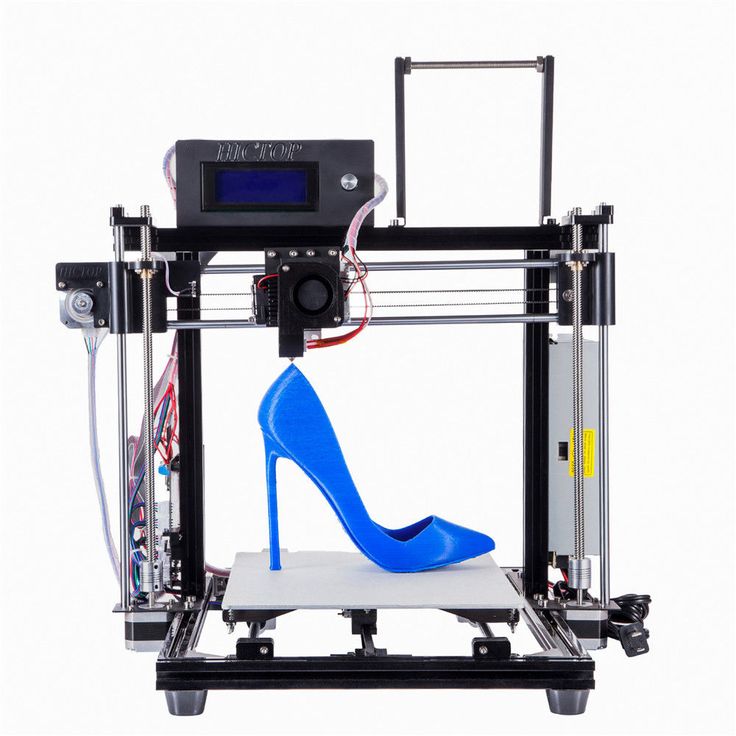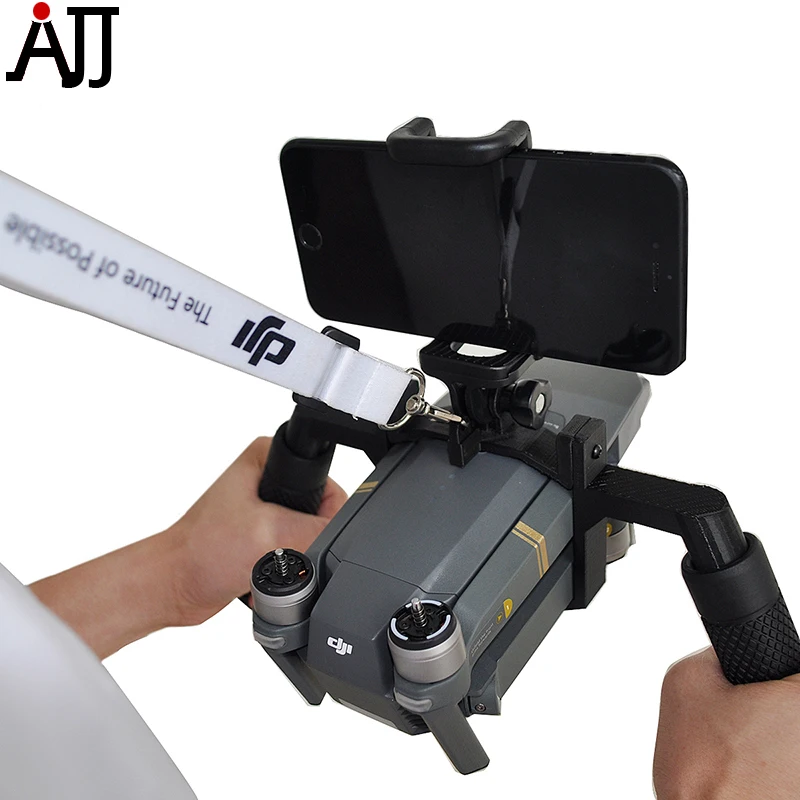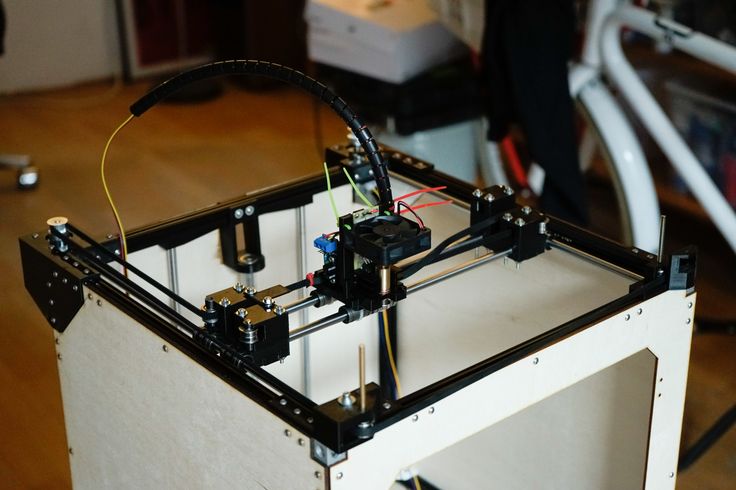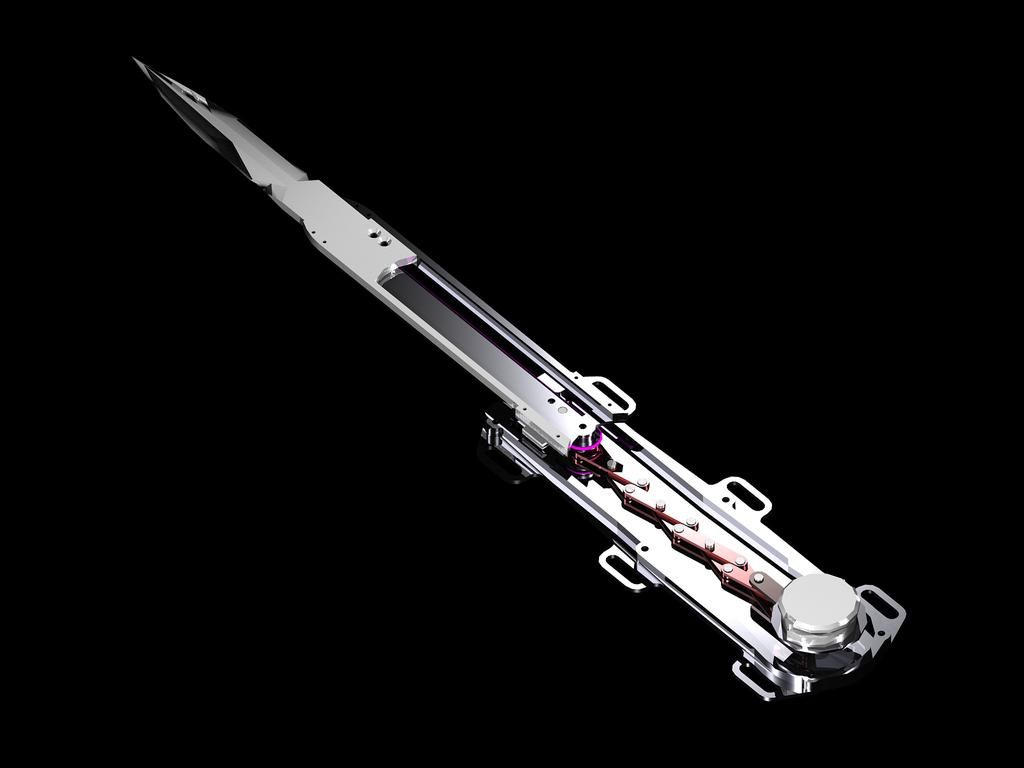How much is a 3d metal printer
How Much Does a Metal 3D Printer Cost?
Cost Driver #1: Material Cost
One of the most important metal 3D printer costs is that of the raw materials. Metals for 3D printing are often far more expensive than other forms of the same metal. This is due to special processing and purity requirements. In addition to the raw material itself, some metal 3D printers require inert gas which can add a surprising amount to the overall annual cost. There are 3 main groups of metal 3D printed raw materials as listed below.
- Powder
One of the biggest disadvantages of powder-based metal 3D printing (typically laser-based printers) is the cost of the raw material. In most cases, the process to turn metal into powder is expensive and energy-intensive. In addition to this, the powder needs to be highly pure which only adds to the overall cost. Metal powder can cost anywhere from $79/kg for 17-4PH steel to $738/kg for advanced titanium alloys like Nitinol.
- Metal Wire
3D printing technologies like DED (Directed Energy Deposition) have much lower material costs because their raw material comes in wire form. Metal wire is much cheaper to produce than powder. Essentially, the costs are comparable to spooled welding wire. However, it must be noted that DED printers do not produce good finishes and often need additional machining after printing is complete.
- Polymer Bound Metal
3D printers like the Desktop Metal Studio 2 and Markforged’s Metal X make use of a polymer-metal powder matrix that is supplied in spools. This process uses the same powder as MIM (Metal Injection Molding) processes and the quality and particle size tolerance is more lenient than is the case for laser-based systems. That all gives this technology the cheapest raw material cost. Desktop Metal claims the material cost per kg is 80% cheaper than normal laser-based powder printers.
Slide 1 of 1
A metal 3D printer at work
Cost Driver #2: Design Software
Most metal 3D printing suppliers will provide software to prepare the part for printing. However, full-featured CAD software that can be used to design complex parts must be purchased at an additional cost. For instance, only specially designed software can properly simulate how loads will affect the performance of a complex, latticed 3D printed component. Normal analysis software cannot accurately simulate these special cases. The software also requires skilled operators who know how to use it effectively. These programs often operate on a subscription basis that may cost thousands of dollars per year to maintain for multiple users.
For instance, only specially designed software can properly simulate how loads will affect the performance of a complex, latticed 3D printed component. Normal analysis software cannot accurately simulate these special cases. The software also requires skilled operators who know how to use it effectively. These programs often operate on a subscription basis that may cost thousands of dollars per year to maintain for multiple users.
Cost Driver #3: Machine Cost
The metal 3D printer cost depends on a few factors. Each technology is best suited for certain applications, a fact which is evident in the varying machine costs. In general, metal 3D printers can be sourced for as little as a hundred thousand dollars but can also cost over a million dollars. Cheaper machines are best suited to low production volumes and don’t always produce optimally dense parts whereas higher-end machines can manufacture dense parts 24/7 with very little downtime. It must, however, be noted that the costs of advanced industrial-scale printers cannot be accurately determined due to factors such as shipping, geographic location, custom machine options, etc. Some common metal 3D printer costs are listed in the table below.
Some common metal 3D printer costs are listed in the table below.
| Name | Technology | Cost |
|---|---|---|
Name Markforged - Metal X | Technology ADAM (Atomic Diffusion Additive Manufacturing) | Cost $99,500 |
Name Desktop Metal - Studio 2 | Technology Polymer/Metal Extrusion | Cost $110,000 |
Name Trumpf - TruPrint 1000 | Technology LMF (Laser Metal Fusion) | Cost $170,000 |
Name 3D Systems - DMP Flex 100 | Technology | Cost $245,000 |
Name Arcam - Spectra H | Technology EBM (Electron Beam Melting) | Cost $100,000 - $250,000 |
Name EOS - M 100 | Technology DMLS (Direct Metal Laser Sintering) | Cost $350,000 |
Name EP - M650 | Technology DMLS (Direct Metal Laser Sintering) | Cost $1,000,000 |
Name Desktop Metal - Production | Technology Single Pass Jetting | Cost $1,250,000 |
Name Lasertec - 6600 3D | Technology DED (Directed Energy Deposition) | Cost $3,000,000 |
Cost Driver #4: Post-Processing Cost
Metal 3D printing often requires varying degrees of post-processing. In some cases, the part needs to be sintered in a furnace, and in other cases, post-machining or polishing will be needed. All of these post-processes add to the overall metal 3D printer cost and need to be considered when choosing a metal 3D printer. Some typical post-processes are listed below.
In some cases, the part needs to be sintered in a furnace, and in other cases, post-machining or polishing will be needed. All of these post-processes add to the overall metal 3D printer cost and need to be considered when choosing a metal 3D printer. Some typical post-processes are listed below.
FREE Binder Jetting Metal 3D Printing Design Guide
- Machine and Part Cleaning: In the case of powder-based printers, the unused powder must be collected and sifted before it can be reused. In addition to this, the part may need post-processing, especially if it has support structures to remove.
- Machining & Polishing: In some cases, accurate features that 3D printers can’t achieve must be machined into the part using subtractive techniques. And even if that’s not the case, metal 3D printed parts do not come off the machine with polished surfaces. If the part needs polishing, that will have to happen after the part is printed, thus adding to the overall metal 3D printer cost.

- Heat Treatment or Sintering: Some metal 3D printing processes generate internal stresses within the part. This happens when the heat of a laser or electron beam creates uneven cooling. These stresses can be removed through stress-relieving heat treatment processes. Other printing technologies involve polymer binders that must be burnt out of the part in a sintering furnace. These are energy-intensive processes and add to the metal 3D printer cost.
Which Metal 3D Printer Do I Need?
It can be difficult to decide which metal printer is ideal because the total metal 3D printer cost of ownership is hard to calculate. In addition to this, the cost of the part can in some cases be more expensive when compared to metal injection molding or CNC machining. In most cases, it may be easier to outsource the manufacture of these parts — at least in the beginning stages — to get an idea of their production cost. Another method is to use Xometry’s instant quoting feature and metal 3D printing service to get your parts printed on-demand.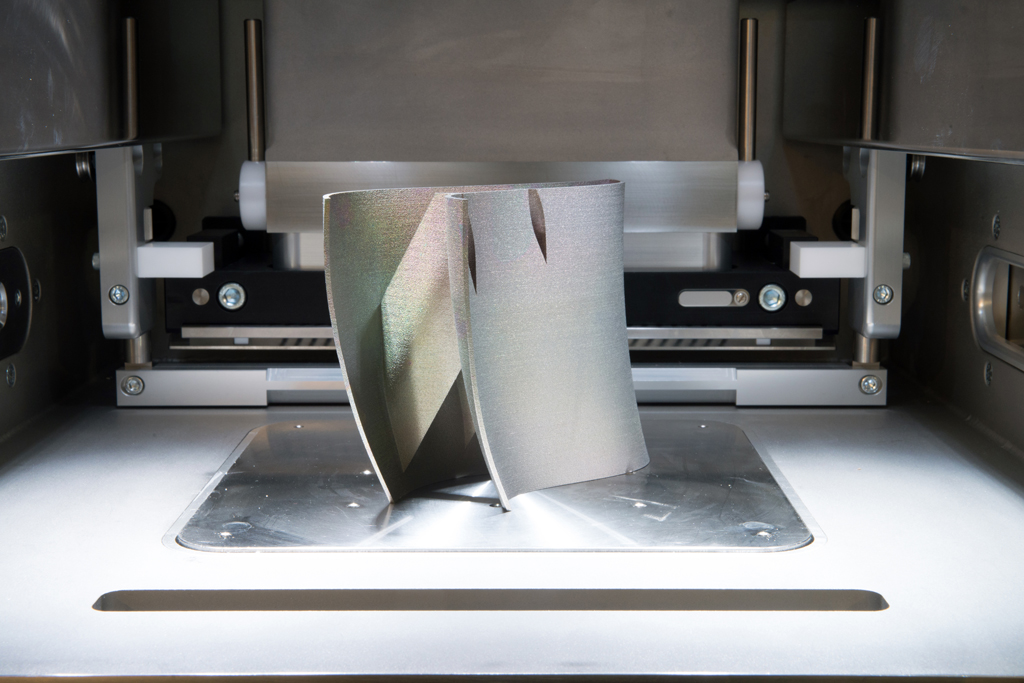
Team Xometry
This article was written by various Xometry contributors. Xometry is a leading resource on manufacturing with CNC machining, sheet metal fabrication, 3D printing, injection molding, urethane casting, and more.
Metal 3D Printer Cost: Is it expensive? Buyer's Guide
If you are considering investing in a metal 3D printer, you are likely curious about the cost. Are the machines expensive? Do they cost a lot to operate? This guide will answer all those questions and more! Keep reading to learn about the things you need to consider before buying a metal 3D printer and some of the best options on the market today.
How Much Does a Metal 3D Printer Cost?Metal 3D printers are used for a wide variety of manufacturing needs. They are becoming faster and easier to use. These machines are powerful too since they can now use more metals than ever.
3D printing with metal has many applications for engineers, whether you are in the automotive, health, aerospace, or other industry. You can use them to build detailed parts, prototypes, and pieces that can take your business to the next level.
You can use them to build detailed parts, prototypes, and pieces that can take your business to the next level.
So, how much does a metal 3D printer cost?
Unfortunately, there is no easy answer to this question. The manufacturers of metal 3D printers don’t broadcast their prices online, so you can’t just google what the cost is. Part of the reason they do this is that they will tailor their quotes to fit the specific needs of their clients.
That means you won’t be able to just order them online. You will likely need to reach out to the manufacturer, schedule some meetings, and sign a formal contract.
Even though the cost of this technology has decreased over time, it is still expensive compared to other 3D printing options. You can expect to spend anywhere from $80,000 to $1,000,000 on a metal 3D printer!
The cost will vary based on the type of metal printer you choose, as well as its size and expected performance. You will also need to add in the cost of the materials and additional tools required to complete the metal 3D printing process.
Similarly, 3D printing metal is not something anyone can do – you will need someone with serious skill and experience to operate them. We will get into this additional expense in the next section.
Things to Consider Before 3D Printing MetalAs we mentioned, there is a lot more to getting a metal 3D printer than the cost of the machine. That is only just a fraction of the cost, representing only about 40% of the total expenses associated with 3D printing metal.
You may be wondering, what else do you have to consider?
The total cost of ownership also includes material expenses, post-processing requirements, and operation and maintenance. Let’s get into these in a bit more detail:
Material Costs
Before you can 3D print metal, you must first buy the materials needed to make the machine work! The type of metal and materials you need will vary based on the specific machine you purchase, but this will be a recurring expense.
Most metal printers use a powder that is heated to create the metal object, and a kilogram of this can cost you anywhere from $300 to $600.
If you are working with an SLM or DMLS 3D printer though, you can expect your materials to cost $2,000 to $4,000 per build. Note that this assumes that you can fit up to 12 parts on one single build plate.
The material costs you will incur will depend on what you plan to use the 3D printer for, but make sure you incorporate this into your calculations ahead of time!
Post-Processing
Printing the metal part or prototype is only the beginning of the 3D printing process. You will need to complete post-processing steps afterward, which include cleaning the object, coating its surface, and removing support structures.
How you manage this depends on the type of machine you purchase. If you opt for a metal binder machine, you must heat the objects in an oven for sintering. Power bed fusion involves building support structures to anchor the part to the build plate, so you must remove them once it’s complete.
Here are some standard cost estimates for post-processing techniques:
- Stress Relief: $500 to $600 per build
- Heat Treatment: $500 to $2,000 per build
- Support Removal: $100 to $200 per part
- Surface Treatment: $200 to $500 per part
- CNC Machining: $500 to $2,000 per part
Like our material cost estimates, these ranges assume you can fit between six and twelve parts on your build plate.
Operation & Maintenance
Finally, you must consider the cost of operating and maintaining the metal 3D printer. Simply put, these machines are not plug-and-play. They require extensive setup and skill to operate, so you will need to hire someone to manage the machine.
That means if you plan on running the printer full-time, you’ve got to hire a full-time operator. As you can see, the expense of operating a metal 3D printer can add up quickly!
Metal 3D Printing ServicesThere are various types of metal 3D printing services, and the cost will vary considerably depending on the technology you choose. If you need to connect with reliable and competitive metal 3D printing services, you can easily do so using Jiga’s marketplace.
The most common options are metal powder bed fusion, direct energy deposition, metal filament extrusion, and binder jetting. Let’s dive into how each of these processes works and what materials they use to build 3D metal objects!
Metal Powder Bed Fusion 3D Printing
Metal powder bed fusion is the most popular choice for metal 3D printing.
SLS stands for selective laser sintering. This process relies on a high-powered laser to sinter metal powder into a solid structure.
First, the machine will dispense a thin layer of metal powder on the build platform. The machine will heat the powder to just below the melting point, so the laser can easily trace the model into a solid part.
The particles fuse layer by layer, and eventually, you are left with your completed prototype! Any leftover powder supports the structure as it is built and can be reused for future projects. Once the structure is finished, it will cool down within the machine to prevent warping and optimize its mechanical properties.
Of course, post-processing is required. You must clean the excess powder off the part and separate the part. If necessary, you can use media tumbling or blasting to process the piece even further.
Other names for this process include direct metal laser sintering (DMLS) or selective laser melting (SLM).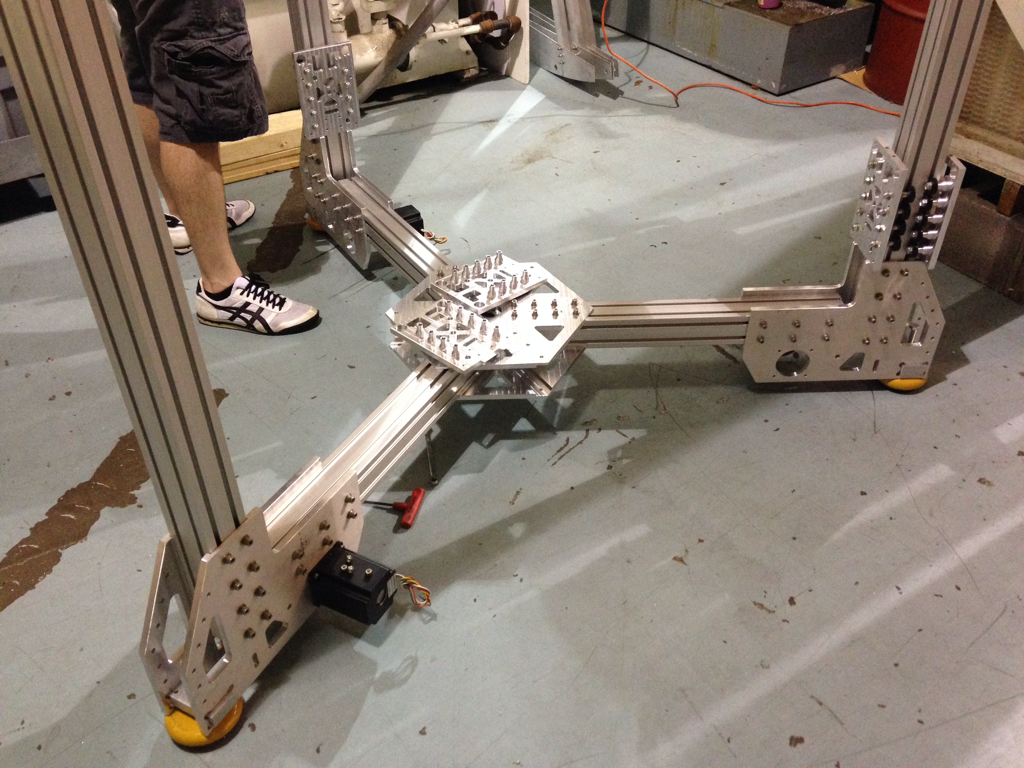 Regardless of what you choose to call it, this powder bed fusion technique uses lasers to selectively bond the metal particles – one layer at a time.
Regardless of what you choose to call it, this powder bed fusion technique uses lasers to selectively bond the metal particles – one layer at a time.
The average cost of an SLS or SLM printer is $550,000, but the price can climb up to $2,000,000 depending on the features you choose to include!
Directed Energy Deposition (DED)
Another type of metal 3D printing process is directed energy deposition or DED.
This method can be compared to filament extrusion since the metal powders are pushed through a special nozzle. You can also use metal in wire form, as that can also be easily pushed through the nozzle.
However, unlike SLS that sinters the material on the print bed, DED uses a laser to solidify the material as it is deposited. The robotic arm that lays the material down on the print bed also holds a laser that melts it simultaneously.
Not only does this speed up the 3D printing process, but it also reduces any material waste that you might experience with SLS machines.
The entire process also occurs in a sealed chamber because it must be filled with inert gas to prevent unwanted oxidation and to maximize control of the materials.
DED machines are perfect for repairing parts or building large 3D metal objects. Similarly, the high printing speed makes it ideal for manufacturing parts at production volumes. The drawback, though, is that you sacrifice surface quality and finish.
Most DED machines cost upwards of $500,000, so it is not necessarily a cheap option!
Metal Filament Extrusion
You can also choose a metal 3D printer that uses filament extrusion. The metal material, or filament, is heated up and processed through the nozzle.
Unlike the dangerous metal powder used in the previous options, this filament is made of metal particles mixed with a binding agent. That means it can be handled easily and safely but requires additional post-processing steps.
For example, it must go through de-binding and sintering to reach the final form.
These machines usually cost about $140,000, and this estimate includes the tools needed for post-processing. Like with all options, though, the cost can creep much higher if you select a larger, more sophisticated machine.
Material Jetting and Binder Jetting
The last type of metal 3D printers we want to mention use a material or binder jetting process.
Think of these machines like an inkjet printer – they spray the metal onto the build surface, and as soon as it hardens, another layer of metal “ink” is added onto it. Binder jetting works the same way, except that a liquid binder is also applied to the metal materials. It works layer by layer, so the process is completed over time.
Similarly, the prototype you construct will be very fragile until you complete the post-processing requirements. The sintering and infiltration steps will take it from its green state and turn it into a strengthened metal part.
Due to the unique technology used in this process, you can use more materials than just metal. It’s a great option if you are interested in working with sand or ceramics!
It’s a great option if you are interested in working with sand or ceramics!
Expect to spend about $400,000 – or more – for a metal binder jetting system.
Cost of Metal 3D PrintersNow that you understand how 3D metal printing works and the different methods you can choose from, let’s review some of the best solutions on the market. This section will cover the specs for each machine as well as their average cost.
Markforged Metal X
If you are looking for an affordable metal 3D printing machine, consider the Metal X by Markforged. This option has a build volume of 300 x 200 x 180 mm and costs just under $100,000.
The build volume is rather large considering the price, and while $100,000 is by no means cheap, it will cost you less than the other options on this list!
Note that this cost only includes the 3D printing part of the machine. You will need to purchase a de-binding fluid wash statement and sintering furnace separately.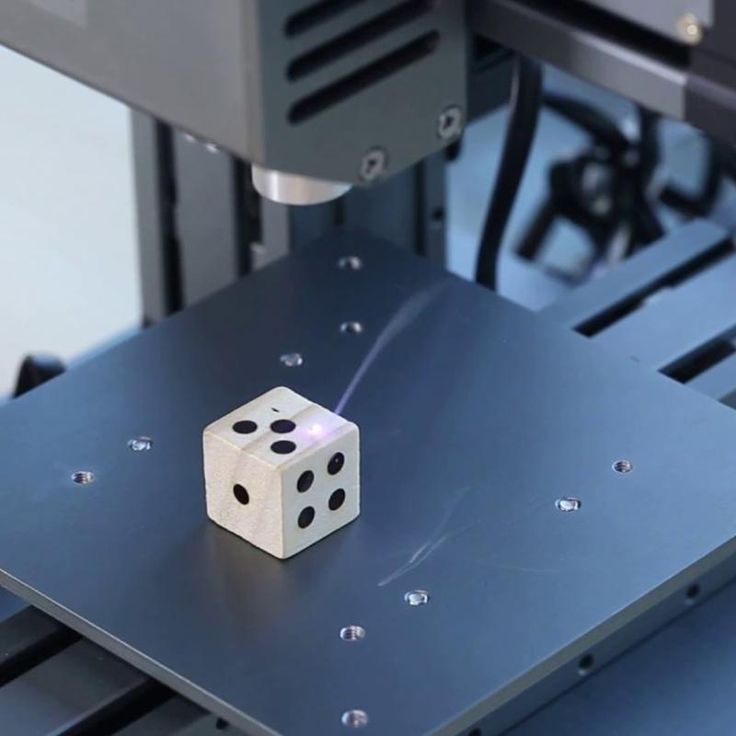 This will likely bring your total cost of ownership closer to $165,000.
This will likely bring your total cost of ownership closer to $165,000.
It uses atomic diffusion additive manufacturing to construct metal prototypes and aims to provide a more cost-effective solution for the average consumer. The Metal X operates like an FDM printer since it uses an extruder to make metal parts from powder mixed in a plastic matrix.
When you choose this model, you can work with various steels, titanium, copper, and Inconel filaments.
3D Systems DMP FLEX 100
The 3D Systems DMP Flex 100 is a powder bed fusion machine built for industrial use. This manufacturer is very popular for metal 3D printing and is based out of the US. For users needing to build small or complex metal parts, this is the perfect solution.
The DMP Flex 100 is fast and precise, so you can quickly build the same part repeatedly. When you purchase this system, you also get access to an all-inclusive software solution that gives you everything you need to be successful with metal additive manufacturing.
It has a print bed of 100 x 100 x 90 mm and costs about $250,000.
Desktop Metal Studio
The next metal 3D printer on our list is the Desktop Metal Studio. This is an office-friendly option and an ideal prototyping solution.
The printer itself costs about $60,000. You will need to purchase the de-binder and furnace separately, and you can expect to pay $15,000 and $85,000 for these, respectively. That puts you at a total average value of $160,000.
Even though it is a smaller model, it has a sizeable build volume of 300 x 200 x 200 mm. It uses bound metal deposition technology to extrude unique metal rods. The de-binder will dissolve the object after it is printed, so you are left with a porous piece that must be put into the furnace.
Once in the furnace, the prototype is heated and sintered to meet the desired density and strength.
Arcam Spectra H
Another great option is the Arcam Spectra H. GE additive owns this Swedish manufacturer, and they develop 3D printers specifically for the aerospace industry.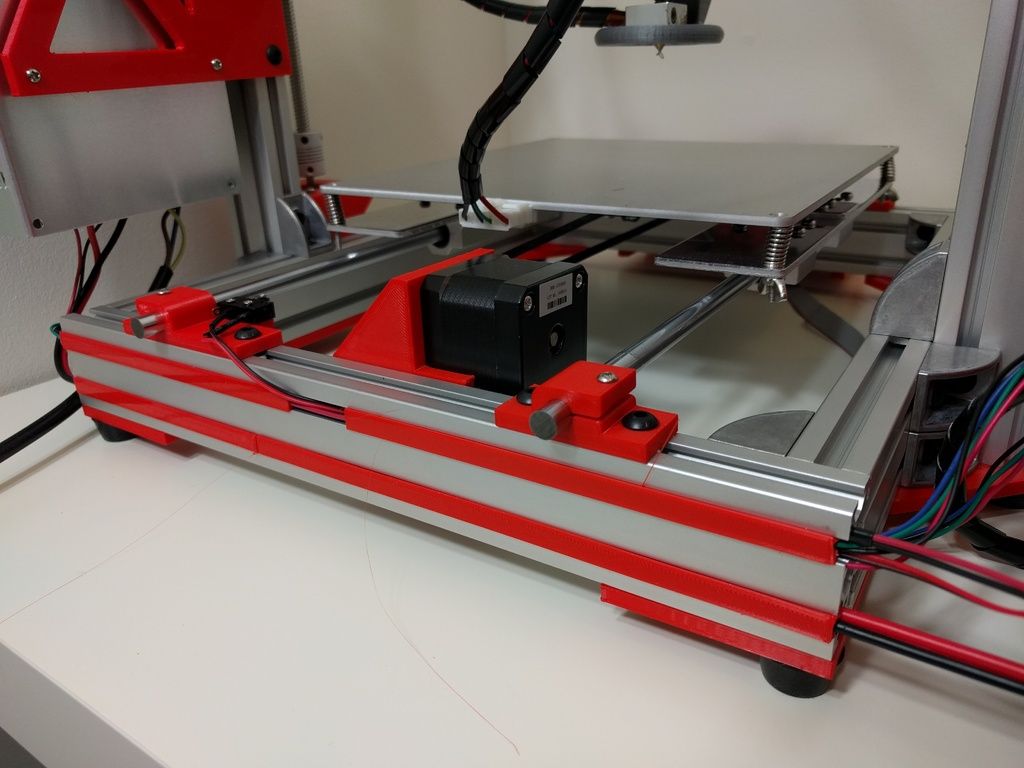
Although the price is not on their website, we estimate that it retails somewhere between $100,000 and $250,000. It relies on electron beam melting technology, or EBM, to create lightweight and precise metal pieces.
It offers one of the larges build chambers on the market, with a height of 430 mm and a diameter of 250 mm. After the machine prints your prototype, you must move it into a powder recovery system.
Here, a magnetic separator and compressed air clean the part. The cost of this additional machine is unknown but will likely require a significant investment.
Trumpf TruPrint 1000
The Trumpf TruPrint 1000 LMF is a selective laser melting (SLM) metal 3D printer. It costs over $250,000, and the price will vary depending on the options you select.
This tool is an industrial machine with a large build plate of 100 x 100 x 100 mm. Since it uses metal powder as feed material, you will need to factor those costs in as well.
Even though it has a considerable build volume, the machine itself is compact.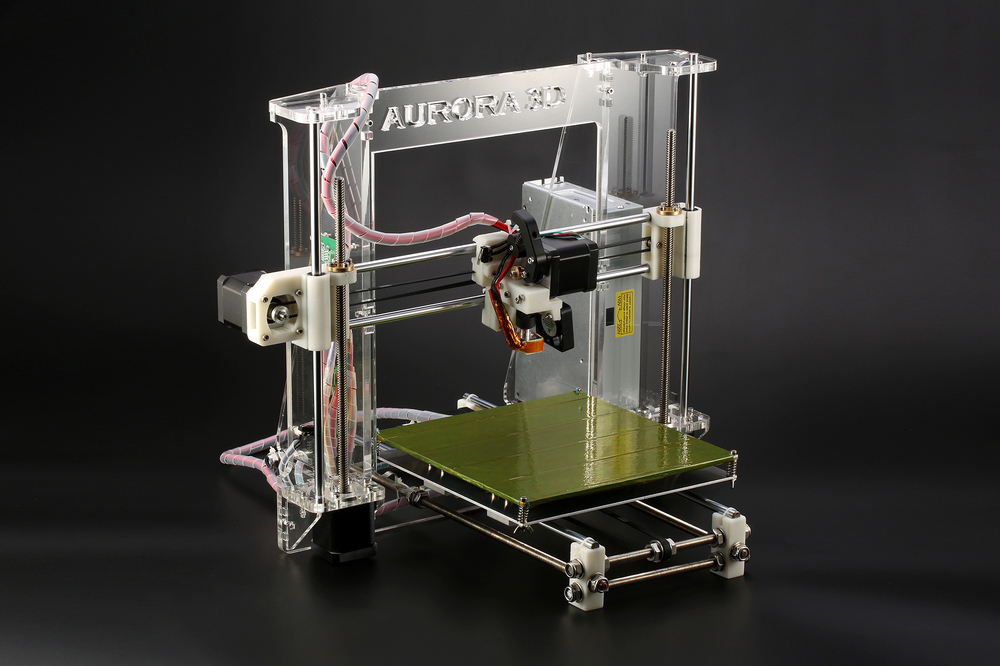 You can use it for making small prototypes and parts, and you can control it remotely through a tablet application.
You can use it for making small prototypes and parts, and you can control it remotely through a tablet application.
EOS M 100
The EOS M 100 is an entry-level model that goes for about $350,000. This number does not include post-processing add-ons, but this machine can produce high-quality and cost-effective prints.
The EOS M 100 is powered by DMLS or direct metal laser sintering. If you need to run small batches for medical accessories or other tools, this machine will be a great fit.
It has a smaller build chamber of 95 x 100 mm, which works so well for small production runs.
Is It Worth it to Buy a 3D Metal Printer?So, is it worth it to buy a 3D metal printer?
That depends on what your goals are. The best thing to do is research your options and survey your peers to see what is working for them.
Printing metal 3D parts can help you bring complex designs to life and supports on-demand production. In other words, it improves your flexibility and control on the production line! Similarly, metal 3D printing produces less waste than CNC milling processes, which increases its cost-effectiveness over time.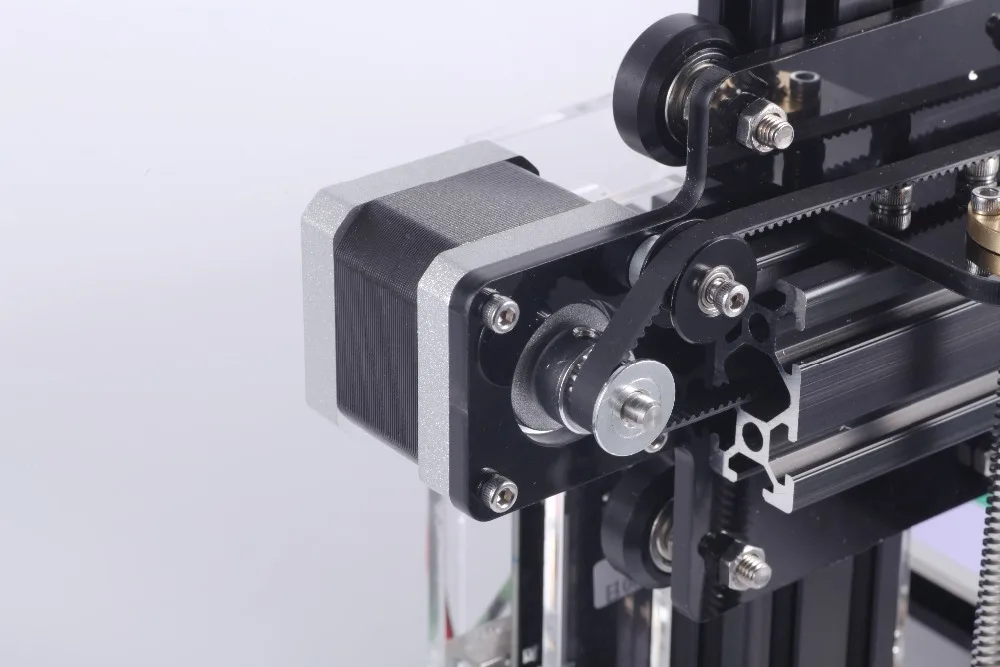
The obvious drawback of 3D metal printers is the high cost of entry. It may take you a significant amount of time to get a positive return on investment, so make sure to calculate your throughput to determining that value.
The printing process is not perfect either and almost always requires post-processing steps. Whether it is sintering or de-binding, you will always have to add some finishing touches to achieve the desired product.
Only you can determine if it is worth buying a metal 3D printer. Consider the pros and cons we posed as well as the unique situation your business is in!
Types of metals are aluminum, stainless steel, brass, copper, bronze, and titanium. There are different
Read
The right manufacturing supplier needs to be reputable, stable, reliable, and genuinely capable of supplying
Read
How metal printing works on a 3D printer
Contents:
- Metal printing on a 3D printer
- How 3D technologies work
- Two main methods
- Video
Metal printing on a 3D printer (two main technologies)
The introduction of innovative technologies opens up new opportunities in various fields of human activity. A modern 3D printer for printing on metal allows you to print high-precision structural elements that are in demand in the space, engineering, and aviation industries.
A modern 3D printer for printing on metal allows you to print high-precision structural elements that are in demand in the space, engineering, and aviation industries.
How 3D technologies work
The production of 3D parts is made using different methods of melting metal powder (using a laser). But the basic principle of operation remains unchanged, so any 3D printer prints with metal in several stages, these are:
- filling the build chamber with an inert gas to minimize the oxidation of the source material;
- heating to the temperature required for the production process.
- powder distribution on the surface of the build platform;
- 3D scanning of the cross section of the starting material with a laser beam;
- melting and sintering of particles, which makes it possible to obtain a hard layer;
- shift of the platform by the amount of the obtained layer for applying the next one (until the object formation is completed).
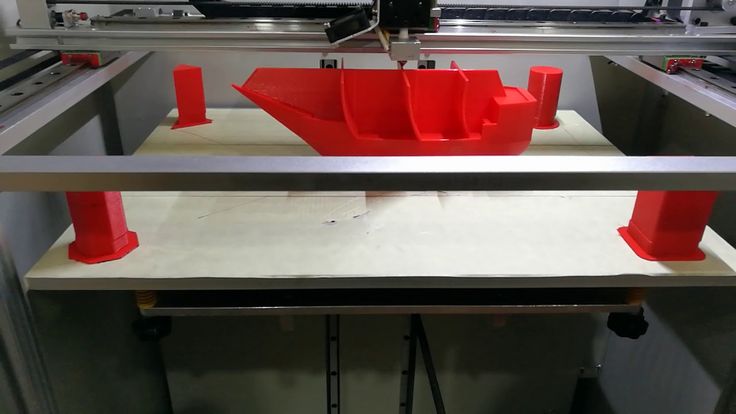
The moment the metal laser 3D printer completes the process, the product is completely covered in powder. Therefore, until the chamber cools down completely (to avoid deformations), the object on the platform is fixed by the support area.
Two main methods
A modern metal 3D printer can use one of the two most common technologies - selective laser beam melting (SLM) or direct laser sintering (DMLS). Among the main differences between the methods, the principle of gluing the component should be mentioned:
- SLM - occurs as a result of complete melting of the powder;
- DMLS - individual particles are sintered (at lower temperatures compared to SLM) without passing into a liquid substance.
Unlike traditional casting or stamping, DMLS allows objects to be printed without internal stress. This ensures good technical characteristics of the parts. Today, manufacturers offer models that can use several melting options at once.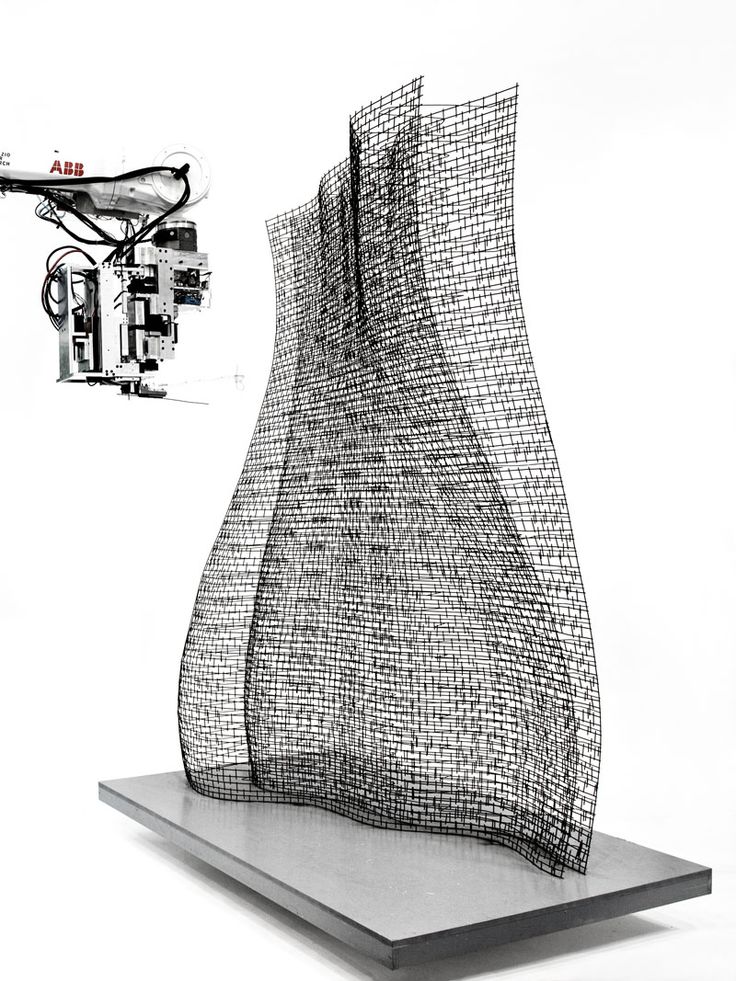
Among other techniques for bonding powder particles, mention should be made of the UAM (additive ultrasonic) or EBM (electron beam) melting process. Modern equipment - an industrial 3D metal printer is produced by Markforged, ExOne, AurLabs, HP Metal Jet, Stratasys, MX3D, Digital Metal, 3DSLA.RU (the principle of operation of the equipment can be understood by watching the video reviews). Often, the manufactured part requires additional processing: grinding, joining, shaping. Fitting can be done both manually and using automated technologies, one of which is milling on CNC machines, which can significantly reduce the cost of producing serial parts.
Video
Industrial Metal 3D Printers
Technology | Benefits | Usage examples | Equipment selection
Metal 3D printing is rightfully considered one of the most promising technologies that can replace traditional production methods in the near future.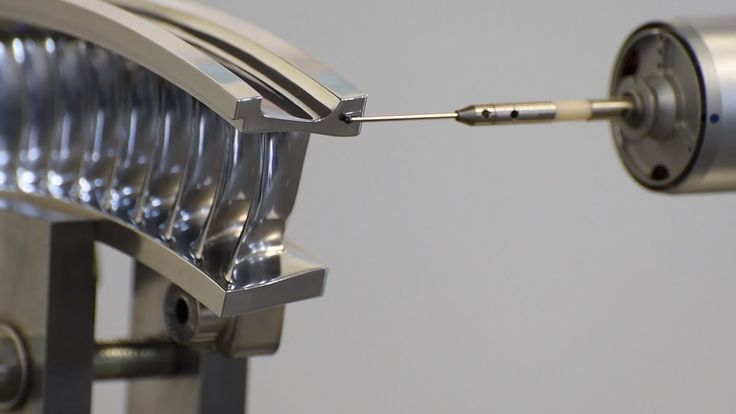 metal 3D printers are already appearing today in industrial plants, construction sites, design offices and other industries.
metal 3D printers are already appearing today in industrial plants, construction sites, design offices and other industries.
Industrial Metal 3D Printers are the product of the most technologically sophisticated Additive Manufacturing business . Attempts to 3D print with metal were made in the early stages of 3D printing, and over the past decade have made a tremendous leap in this direction.
Technologies
With the advent of metal 3D printers , the hegemony of traditional technologies was somewhat shaken, but a decade ago, few believed in the possibility of printing, and few imagined that the question of a comprehensive replacement of technologies and means of creating products in metallurgical production would arise .
Today the situation has changed radically. The technology used in the best metal 3D printers has already proven its effectiveness.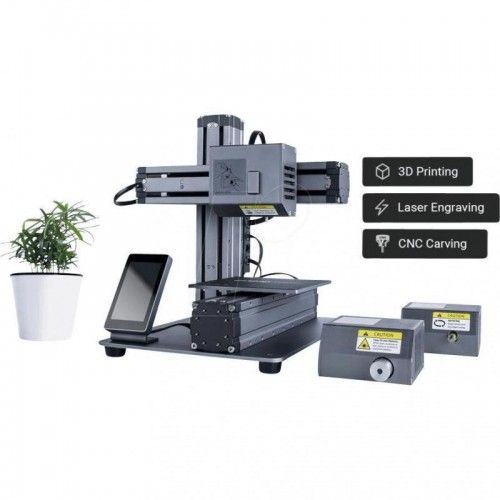
Selective Laser Melting (SLM)
This technology allows you to create objects of any geometric shape from metal powder. The principle is based on the ability to create metal models by layer-by-layer melting of powders of various metals and alloys. Such materials include titanium, stainless and tool steels, chromium and alloys, as well as other raw materials.
Machines using SLM technology, such as SLM 280HL and Realizer SLM 250, allow you to create high-precision metal parts of any complexity and geometry directly from a digital model. This technology is excellent for manufacturing high-precision parts and assemblies of various designs. At the same time, 3D printers based on SLM technology provide a huge performance and cost advantage over traditional metal fabrication technologies.
Advantages of
Talking about the prospects of 3D printing with metal can be long, but initially it is worth considering in more detail what a modern metal 3D printer is like. Until two decades ago, mold casting was seen as the only cost-effective way to make 3D products. Years passed before the metal 3D printer appeared, capable of competing with, and in the long term replacing traditional methods of metal production.
Until two decades ago, mold casting was seen as the only cost-effective way to make 3D products. Years passed before the metal 3D printer appeared, capable of competing with, and in the long term replacing traditional methods of metal production.
So, what are the benefits of 3D printing with metal compared to standard production methods?
1. More complex shapes and designs.
Additive technologies give you more design freedom. 3D printing is able to produce much more complex products than the longer standard process can offer. metal 3D printers can create components with pits, cavities, thin walls and closed objects.
2. Low cost.
The workflow of 3D printer metal printing does not require any additional tools. Therefore, it is easy to replace the complex and expensive processes of stamping, mold casting. This will not only reduce costs, but also free up funds for the further development of the enterprise.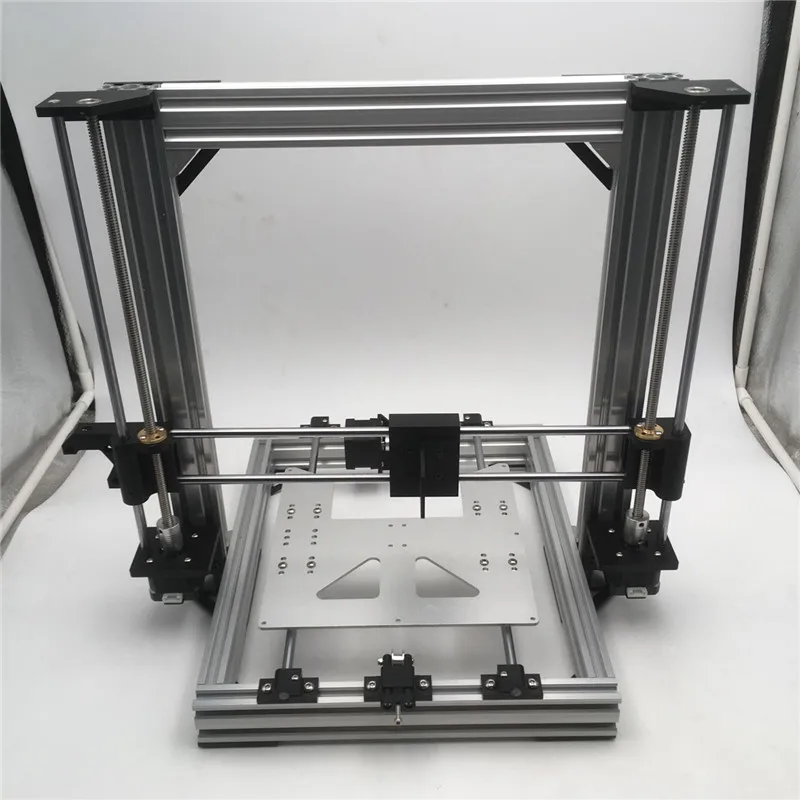
Industrial Metal 3D Printers create products using less kW of energy and generating much less waste. It also reduces costs and eliminates the need to install environmentally friendly equipment.
3. Any combination of materials.
Metal printing technologies allow the use of any combination of powder materials for the needs of the automotive and aircraft industries, the space industry, as well as other types of production. Mixing of various materials based on titanium, nickel and aluminum, as well as various alloys, makes it possible to obtain new components and assemblies in terms of their thermal conductivity, electrical conductivity and other characteristics.
Application examples
Enhancement 9The 0063 industrial metal 3D printer has allowed these machines to replace entire sectors of traditional manufacturing.
For example, thanks to the SLM 500 HL 3D printer, NASA specialists successfully tested titanium nozzles for rocket engines, and a few weeks ago, Elon Musk, the head of the private space company SpaceX, presented a new Dragon v2 orbiter, also using engines with 3D printed parts.





